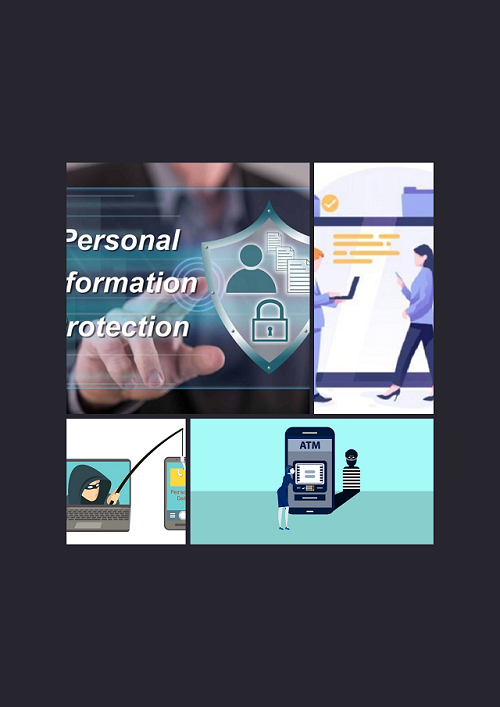In today’s digital age, banking has become easier and more convenient. With just a few clicks, you can transfer money, pay bills, and manage your finances from home. However, with these conveniences comes the risk of fraud and scams. This article explores the different types of banking fraud and scams and how to protect your bank account.
Bank fraud and scams are a growing concern for consumers and financial institutions alike. With the increasing use of technology and digital banking, fraudsters find new and sophisticated ways to steal money and personal information. In this article, we will discuss some common types of bank fraud and scams and how to recognize the signs of such fraudulent activities.
Types of Bank Fraud and Scams:
There are many different types of bank fraud and scams. They can have serious consequences for victims, including financial losses, damage to credit ratings, and legal consequences. Some of the most common types of bank fraud and scams include:
Phishing Scams:
Phishing scams are one of the most common types of bank fraud. This type of scam involves a fraudulent attempt to obtain sensitive information, such as usernames, passwords, and credit card details, by posing as a trustworthy entity through electronic communication.
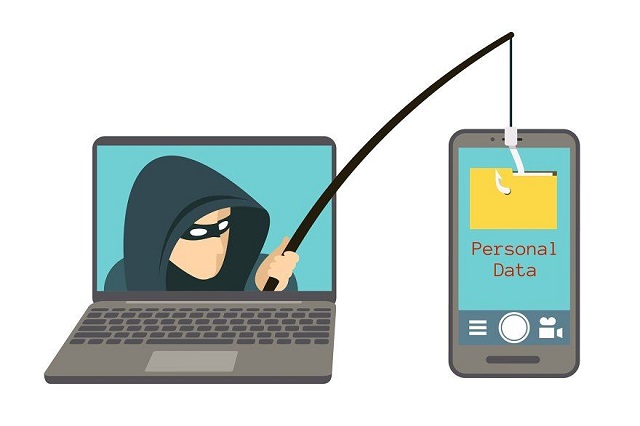
Basically, These fraudulent messages may come in emails, text messages, or even phone calls and may contain links to fake websites or ask for sensitive information directly.
Identity Theft:
Identity theft is another prevalent type of bank fraud. It occurs when an individual’s personal information, such as their name, address, and Social Security number, is stolen by fraudsters. With this information, fraudsters can open bank accounts and credit cards in the victim’s name, access their existing accounts, and make fraudulent purchases.
Card Skimming:
Card skimming involves using a skimming device to steal credit or debit card information. These devices can be attached to card readers at ATMs or gas pumps.
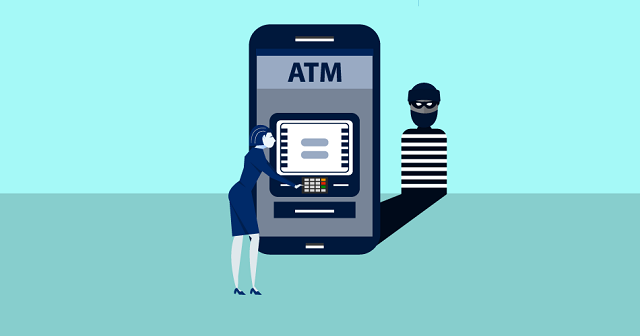
They can quickly and easily collect card information as customers insert their cards. This information can then be used to make fraudulent purchases or withdrawals.
Account Takeover:
Account takeover occurs when a fraudster gains access to a victim’s bank account by stealing login credentials or personal information. They can then transfer money or make purchases without the victim’s knowledge.
Mobile Banking Fraud:
Mobile banking fraud occurs when fraudsters use mobile devices to conduct fraudulent activities, such as transferring money, making purchases, or stealing personal information.
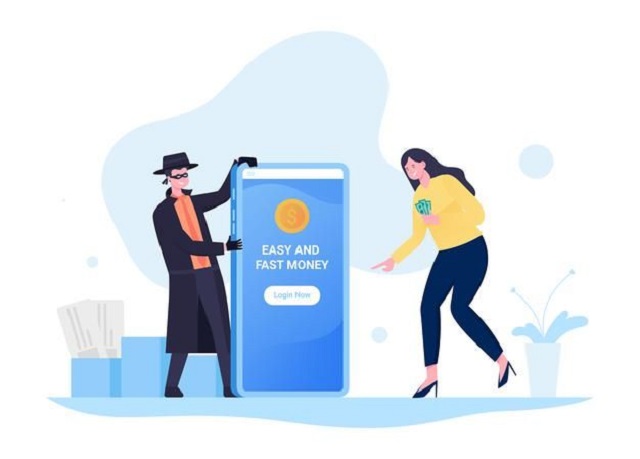
This type of fraud is becoming more common as mobile banking usage increases.
Signs of Bank Fraud and Scams:
It is important to be aware of the signs of bank fraud and scams to avoid becoming a victim. Some common signs include:
- Unexpected transactions or withdrawals from your bank account.
- Unauthorized credit or loan applications in your name.
- Suspicious emails or text messages requesting personal information or login credentials.
- Unfamiliar charges on your credit card statement.
- Changes to your credit score without explanation.
- Emails or text messages claiming to be from your bank but with spelling or grammar errors.
- Pop-up windows or ads on your computer or mobile device claiming to be from your bank.
If you notice any of these signs, it is important to take action immediately. Contact your bank or credit card company to report suspicious activity and change your login credentials if necessary.
Tips to Protect Your Bank Account:
These tips are useful to protect your Bank Account.
Use Strong Passwords:
Use strong and unique passwords for all your bank accounts. Avoid using easily guessable passwords such as your birthdate or name.
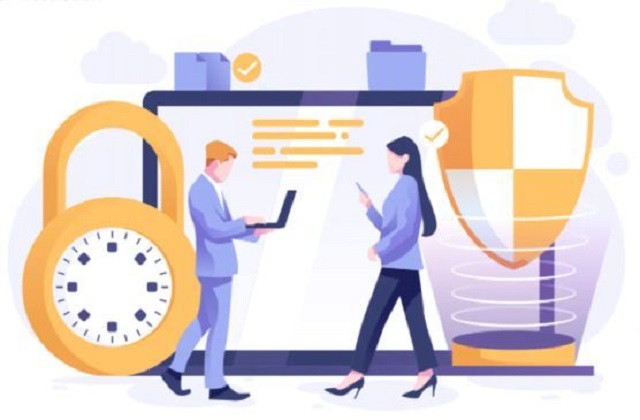
Basically, Use upper and lower case letters, numbers, and special characters.
Be Careful When Using Public Wi-Fi:
Public Wi-Fi networks are not secure and can be easily accessed by hackers. Avoid using public Wi-Fi to access your bank account or a virtual private network (VPN) to secure your internet connection.
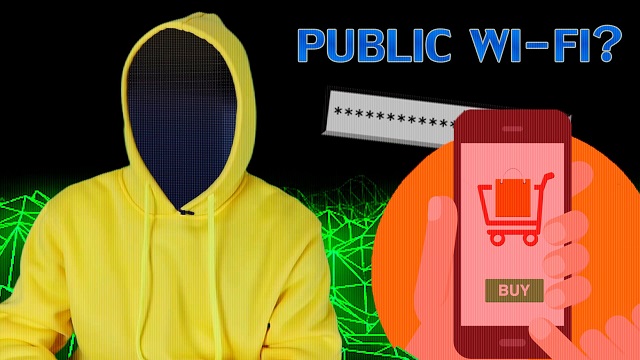
Monitor Your Accounts Regularly:
Regularly monitor your bank account and credit card statements to identify suspicious activity. Report any unauthorized transactions immediately to your bank.
Keep Your Personal Information Secure:
Don’t share your personal information with anyone, such as your social security number, date of birth, or account number.
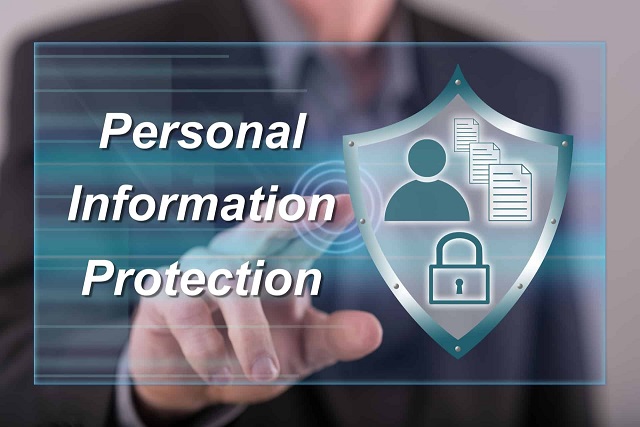
Basically, Please keep this information secure and avoid sharing it on unsecured websites or through email.
Use Two-Factor Authentication:
Enable two-factor authentication for your bank account. It will require an additional layer of security, such as a fingerprint or a one-time password, to access your account.
Review Bank Statements Regularly:
Review your bank statements regularly to ensure that all transactions are legitimate. If you notice any discrepancies, report them immediately to your bank.
Be Skeptical of Unsolicited Emails and Phone Calls:
Do not respond to unsolicited emails or phone calls asking for personal information. Legitimate banks and financial institutions will never ask for personal information through email or phone.
Keep Your Devices Updated:
Keep your devices, such as smartphones, laptops, and tablets, updated with the latest security patches and antivirus software.
In conclusion, protecting your bank account is crucial in today’s digital age. Following these tips, you can secure your bank account and protect yourself from fraud and unauthorized access. Remember to stay vigilant and report any suspicious activity to your bank immediately.
Conclusion:
Protecting your bank account from fraud and scams requires a proactive approach. By keeping your personal information secure, using strong passwords, monitoring your accounts regularly, being skeptical of unsolicited emails and phone calls, using secure Wi-Fi networks, keeping your devices updated, and reporting suspicious activity immediately, also you can safeguard your bank account from potential fraud and scams.
Remember, prevention is better than cure. Basically These measures can go a long way in protecting your financial and personal information. For more articles click here 21hashtags.
